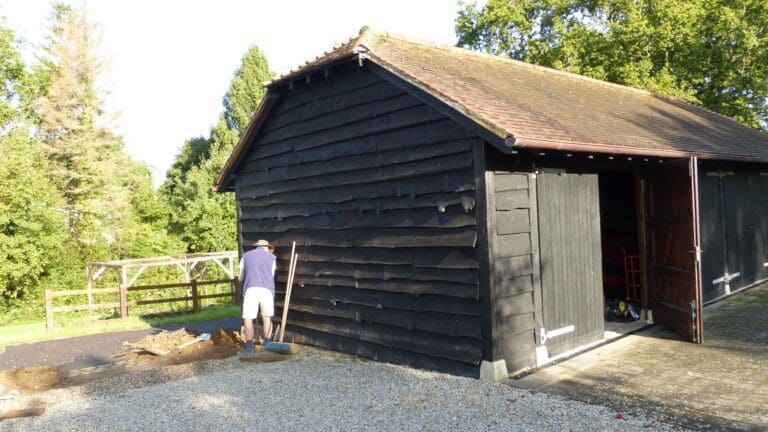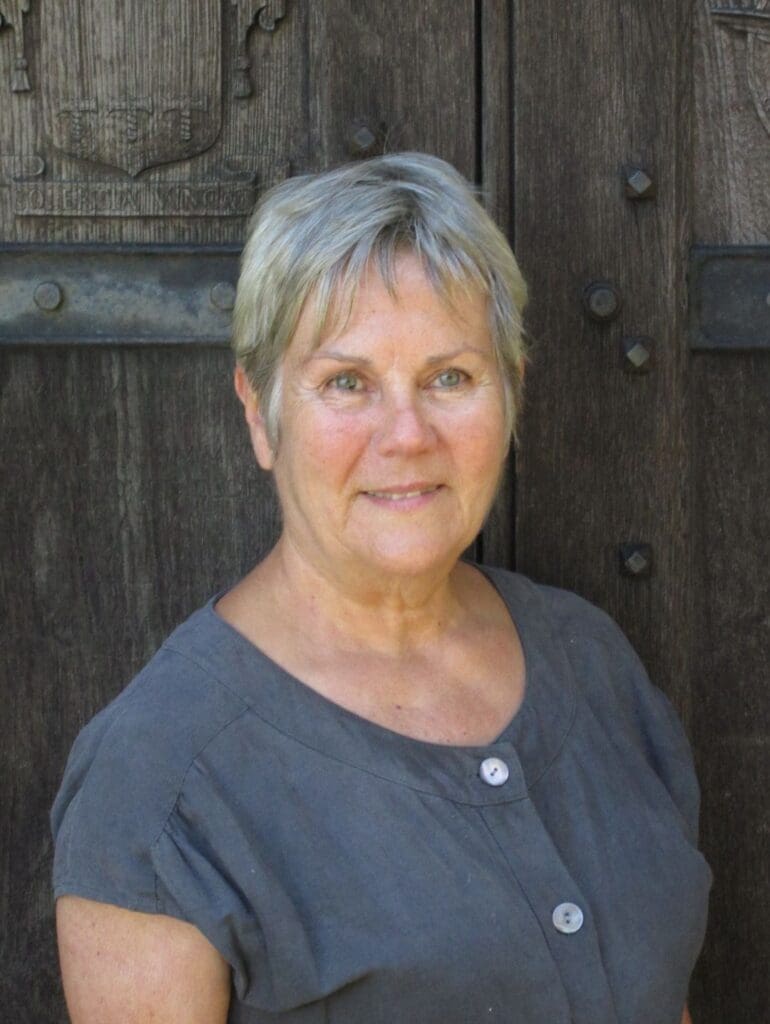

Liz Rolf is the owner of a well-insulated eco house with photovoltaic panels (soon to be supported with a battery storage system) MVHR and air source heat pump (which replaced a wood pellet boiler that Liz did not consider to be a sustainable energy source). Even with these in place the current energy bills are £100 per month.
Liz considers herself a ‘serious user’ and is expanding solar energy provision on her property despite the cost in infrastructure, storage etc. because she sees the opportunity. Renewable Energy Installer spoke with Liz to find out more about her personal journey with solar – the opportunities and challenges – as well as her belief that fitting all buildings on industrial estates with solar PV is a ‘no brainer’ and that there is an urgent need to have a conversation around this opportunity to create a new ‘prime producer’.
“If we continue to look at this from a cost perspective, we’ll never get there. We need to see it as a contribution to ensuring power security.”
We built an eco house eleven years ago and put in sixteen in-roof solar panels. Surely, all new builds should have solar panels included. Why is this not a prerequisite for developers?
Supplying the grid
Storage solutions have evolved sufficiently, so now we are ready to add more panels on our outbuildings, which we are fortunate to have. We have signed up for twenty more panels plus a battery. We want to be able to use our own electricity in the evenings and power our new electric car. We will also get the installer to enable us to direct electricity in the event of a power cut to, say, the lighting circuit. (Before we started on the build, we, as I expect many people do, thought that solar panels make us grid independent. We thought that only the surplus went back to the grid and we have learned that this is not the case and that there will always be a need for a two-way feed.
With the additions I am sure we will soon have even more surplus, which we would like to supply to the grid. We already get FIT payment for our current output and don’t think there will be any more coming our way, but this doesn’t matter. We have the opportunity to supply, so why not do it? We can contribute surplus at a crucial time which is probably not far off, when energy demand will put big pressures on supply. A no-brainer, right?
This is not a cheap enterprise; I must be honest. Fortunately, we have the cash at this moment in time and choose to spend it in this way. I don’t expect we will ever recoup the total outlay, but we will be comfortable in the knowledge that we can account for our own energy use.
We realise that not everyone is able to do what we are doing – we are fortunate to be able to – and this got us thinking beyond the domestic setting to where other opportunities lie.
Industrial opportunity
Our thinking led us to consider industrial estates. In the main these sit on open sites with little or no shadow cast with buildings whose roofs are flat or low pitch and suitable to carry solar panels. Why not use this valuable space to generate energy and benefit from the gain? A no-brainer, surely? Some are doing so.
Of course, there are questions that need to be answered but it would be good to start a serious conversation around the best way to seize this clear opportunity.
Who will ‘own’ the solar panels? Ownership of a commercial building might not be a long-term commitment. They may change hands quite frequently, so why will the owner bother to invest in something that, potentially, only returns on its investment in the longer term?
The electricity generated may significantly reduce energy bills but what of owners who may not use the buildings themselves? How do we encourage them to care to invest? How about incentives for installations? What arrangement would be best to deliver benefit to the property owners in the long term?
There’s also a need to consider the relationship between owners and tenants. The energy supply contract will presumably be between the tenant and the energy provider so there might need to be an agreement between tenants and owners about mutually benefitting. Could a possible solution be that the owner ‘supplies’ the electricity to the tenant?
Perhaps the responsibility could lie with councils to make this an income generator with the installations their responsibility. That still raises questions over array ownership and how the property owner would benefit.
The government could make it mandatory and cover the installation costs, but this again raises the issue of long-term responsibility.
These are not easy questions to answer but there is such a significant opportunity – the conversation has to start somewhere!
Let’s get the conversation going – send your thoughts on the opportunity of large scale role out of solar in industrial settings:
margaret@renewableenergyinstaller.co.uk
